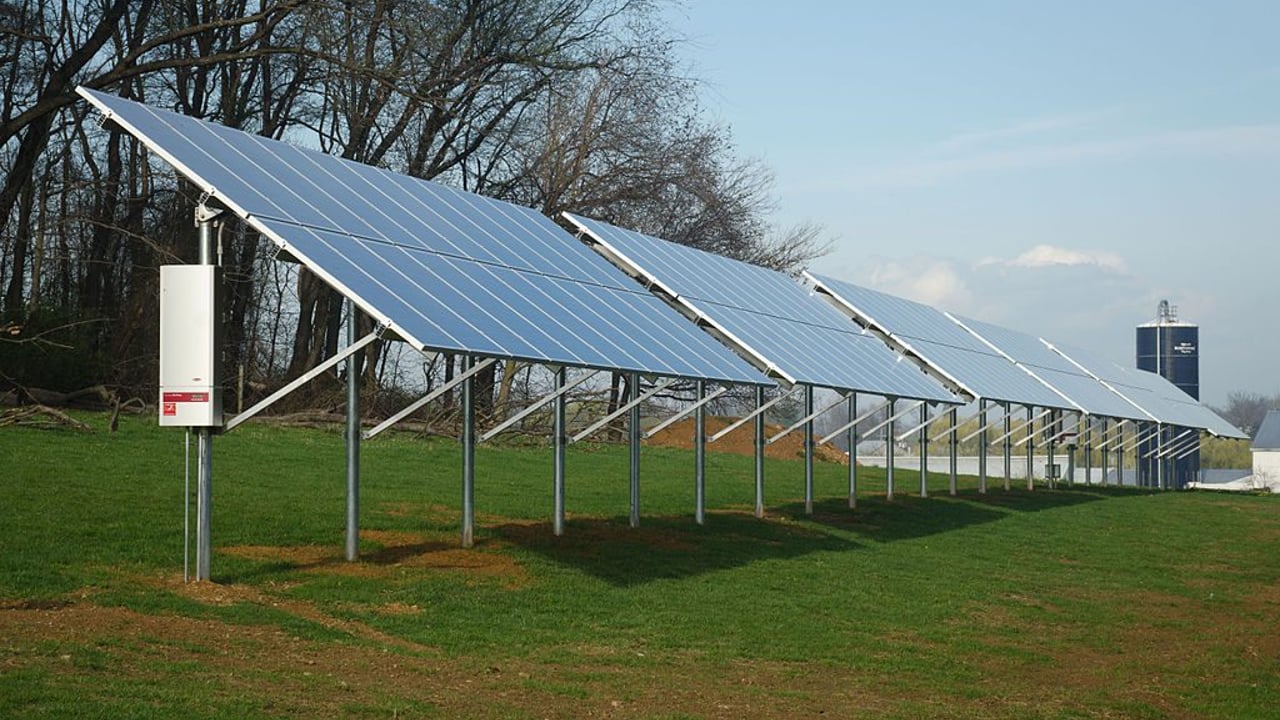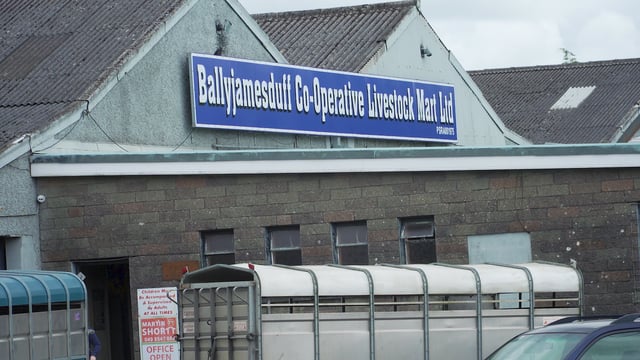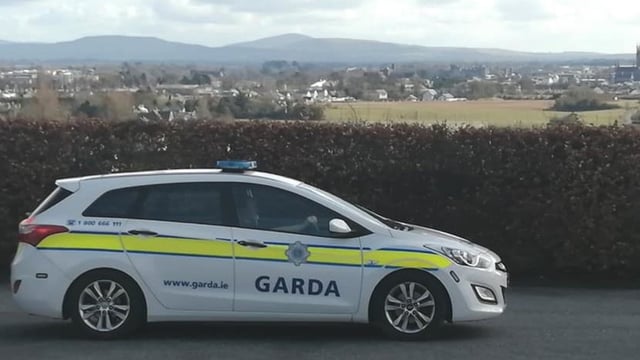Solar energy provides 'practical option' to aid agriculture - ISEA
The Irish Solar Energy Association (ISEA) has told TDs and senators that solar "provides a practical option to aid agriculture" in its transition to more climate friendly practices.
Chief executive of the ISEA, Conall Bolger has been addressing the Joint Oireachtas Committee on Agriculture, Food and the Marine at Leinster House this evening (Wednesday, May 4).
He told the committee that the Climate Action Plan aims for renewable electricity delivering 80% of power needs by 2030 and that achieving this target requires a strong contribution from solar.
Bolger told the committee: "Given the right policy landscape, we believe Ireland can deliver 6GW of solar between now and 2030, which would be enough to meet one fifth of our electricity needs."
He said that renewable energy has become more prevalent in Ireland this year and referenced the official connection of Millvale Solar Farm connecting to the national grid over the past week, the first solar farm in the country to do so.
"The Microgeneration Support Scheme should come into effect in July, and ISEA members report significant interest from individuals, communities, farms and businesses all seeking to participate in the energy transition," Bolger added.
"Making land available for solar developments presents opportunities for farmers to diversify their revenues with minimal impact on the sector.
"Our estimate of the necessary solar contribution to meet Ireland’s renewable target entails using the equivalent of about one fifth of 1% of Ireland’s total agricultural land," he added.
The CEO said that Buildings such as sheds on many farms can host panels and enable farms to move towards energy independence.
He asked the Oireachtas members to consider the potential savings to the agri-food sector of generating their own clean power.
According to the ISEA there are barriers inhibiting progress to solar development in Ireland.
The chief executive of the association listed then in three broad categories as follows:
Solar installation does not prevent the use of the land for agriculturally relevant purposes such as sheep grazing. Dependent on the equipment layout, international experience suggests that 55-80% of the land under lease could be available for use.
In the context of the third point listed above, the ISEA has said that direct lines could provide quicker routes for users to connect to renewable sources of energy.
The association believes it would allow large energy users such as agri-food facilities to satisfy much of their demand from green sources.
The CEO told the committee that there are some other positive steps that could be taken to promote this type of renewable energy.
These include:
"By the end of this decade we believe that Ireland will be a greener country, providing its citizens and businesses with access to cheaper locally generated electricity," Bolger said.
"We can meet our objectives, and solar is a necessary part of getting us there. Agriculture will benefit from solar at scale, and [this] requires the active participation of our agricultural sector," he concluded.





